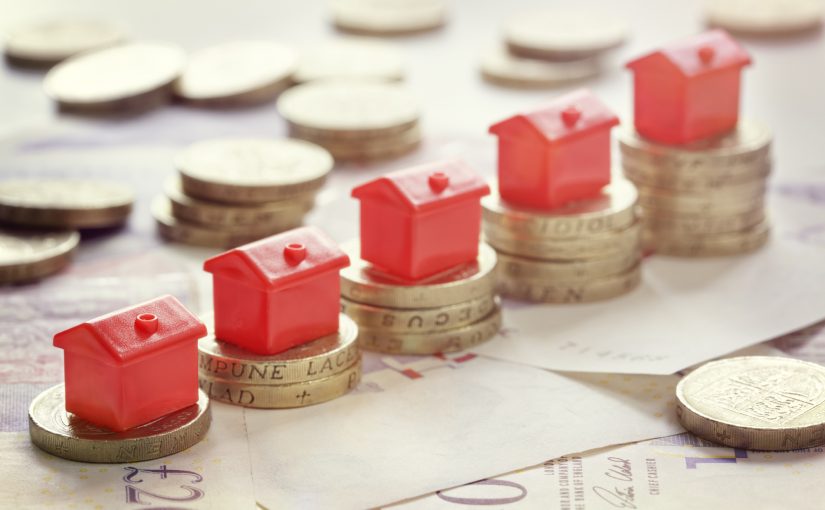A good friend of mine recently bought a property in the US. He lives in Ireland and the property was as an investment. The property value was $360,000 US Dollars. He began the process of buying the property in question 6 months ago. At this time it was expected to cost him €310,000. This was based on the currency exchange rates at that time.
He closed the property 2 weeks ago (it took very long to complete the transaction due to it being a foreclosure property) and the actual cost was €288,000; a saving of €22,000 based on the exchange rate movement.
Whilst this worked out strongly in his favour I can’t help feel someone from the US who was buying a property in Europe and ended up paying far more than initially expected. It raises an interesting question though.
When do you make the jump and change your currency?
You might believe that you are simply forced to accept the rate at the time when the money is needed to complete the transaction. But this is not the case.
When you enter the contract phase of the purchase (which may be several weeks or months before it is completed) you may decide to change your money into the destination currency. This would perhaps be clever, as you would be protecting yourself against downward pressure caused by the exchange rates.
Conversely though you will not experience any upside that may occur (as it did for my friend above). Another idea is to buy the currency ahead. This is a form of hedging and really not too different to simply buying the currency in advance.
No matter what course we take the important thing is to insulate yourself against the currency fluctuations. At all costs avoid a situation where we enter contract (and are therefore liable for the full property cost in the home currency of the property) and then are unable to fulfill the transaction due to the increased costs caused by the currency fluctuation.
